8 Popular Travel Spots Where Tourists Aren’t Always Welcome

Traveling the world sounds exciting, until the locals aren’t thrilled to have you there. In many top destinations, overcrowding, rising rents, and cultural erosion have sparked real frustration. While tourism boosts economies, it can also overwhelm infrastructure and disrupt daily life. These eight beloved locations are now rethinking how many visitors they can handle. If you’re planning a trip, tread lightly, because not every postcard-perfect place is eager to roll out the welcome mat anymore.
Barcelona, Spain

Barcelona’s streets, once buzzing with curiosity, are now brimming with protest. Locals say mass tourism has turned their neighborhoods into noisy playgrounds. With skyrocketing rent and souvenir shops replacing local stores, residents are pushing back. Demonstrations, graffiti, and rental restrictions are now common as the city fights to protect its identity. While Barcelona still draws millions, visitors are being asked to treat it less like a party spot and more like someone’s home, which it is.
Venice, Italy
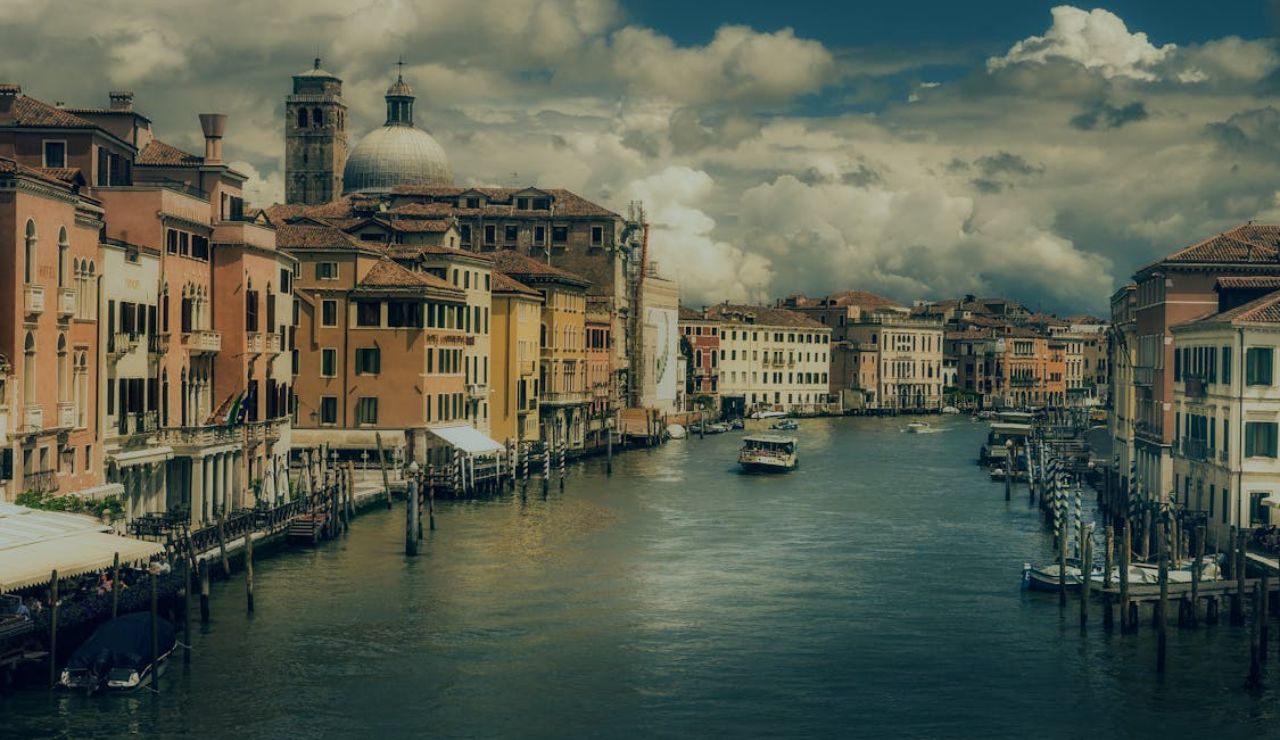
Venice, the floating city of romance, is drowning in more than just rising tides, it’s overwhelmed by visitors. With more tourists than locals, Venice has become a human traffic jam, making daily life difficult. To manage crowds, the city introduced an entry fee for day-trippers in 2025. But resentment lingers. Locals say their home is becoming a tourist museum rather than a real city. If you go, do Venice a favor: respect its pace, people, and fragile charm.
Amsterdam, Netherlands
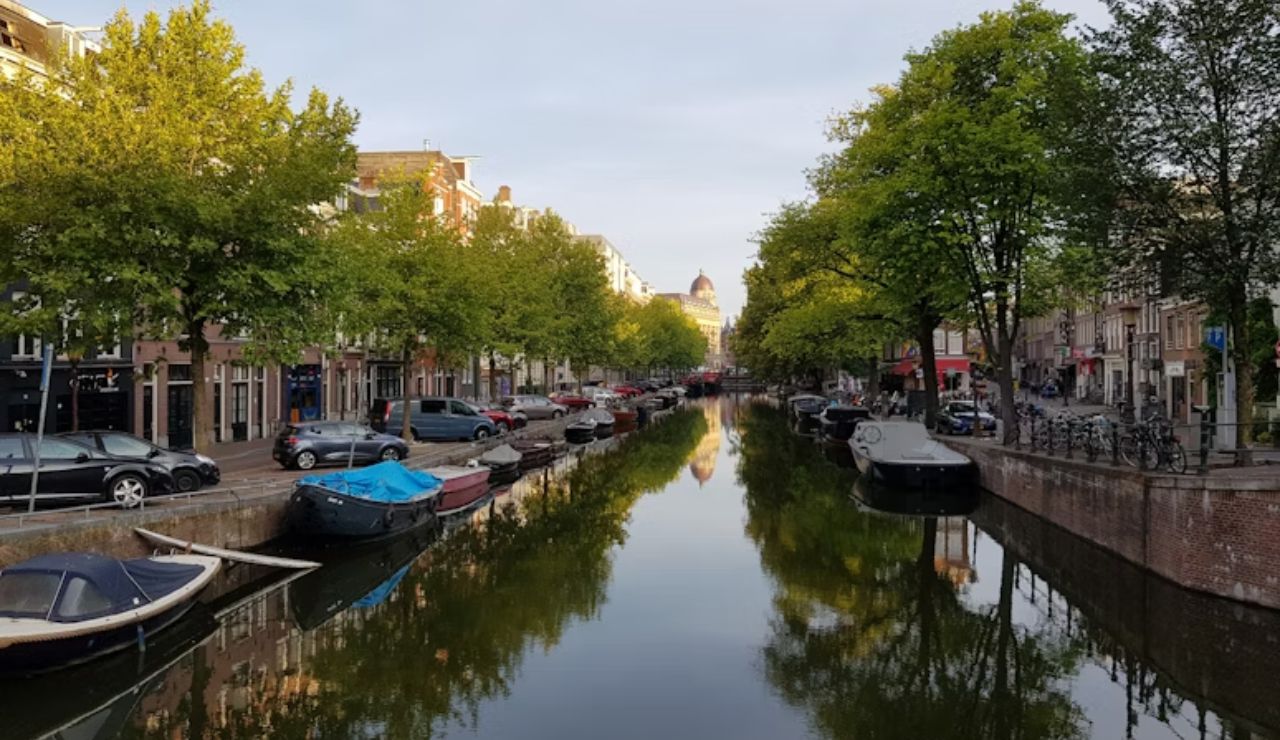
Amsterdam has had enough rowdy tourists who treat it like a weekend playground. With over 20 million annual visitors, the city is shifting its image. Anti-party campaigns, rental caps, and noise crackdowns are now part of daily life. Locals complain of rising rents and crowded streets. The city center, once community-focused, feels overrun. Amsterdam wants guests who respect the culture, not just the nightlife. Travelers are still welcome, but the vibe is clear: behave, or stay home.
Bali, Indonesia
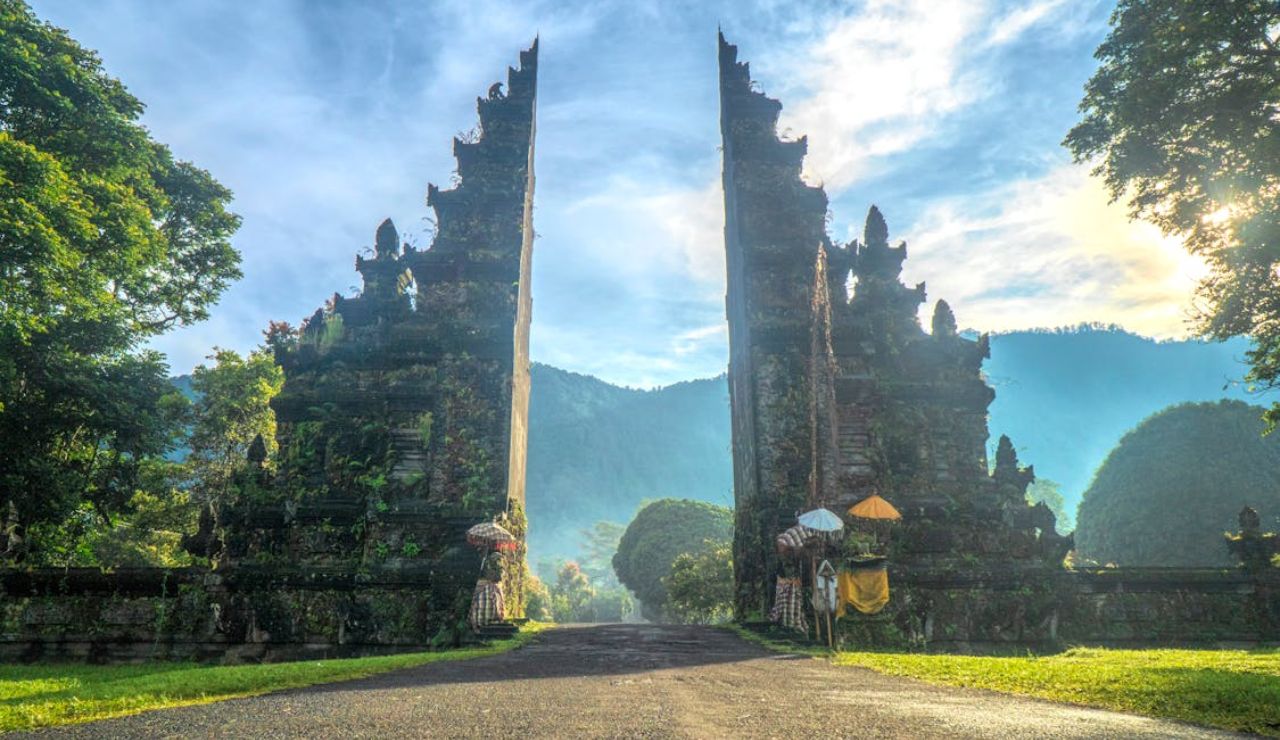
Bali’s serene beaches and temples hide growing tension beneath the surface. Once welcoming, many Balinese now feel overrun and disrespected. With over 10 million visitors annually, the island’s resources, especially water, are stretched thin. Tourists ignoring traditions and polluting sacred spots haven’t helped. Local voices are rising, demanding sustainable travel and cultural respect. From new visitor limits to restricted access at temples, Bali is setting firmer boundaries. The message is simple: visit with care, or don’t visit at all.
Kyoto, Japan
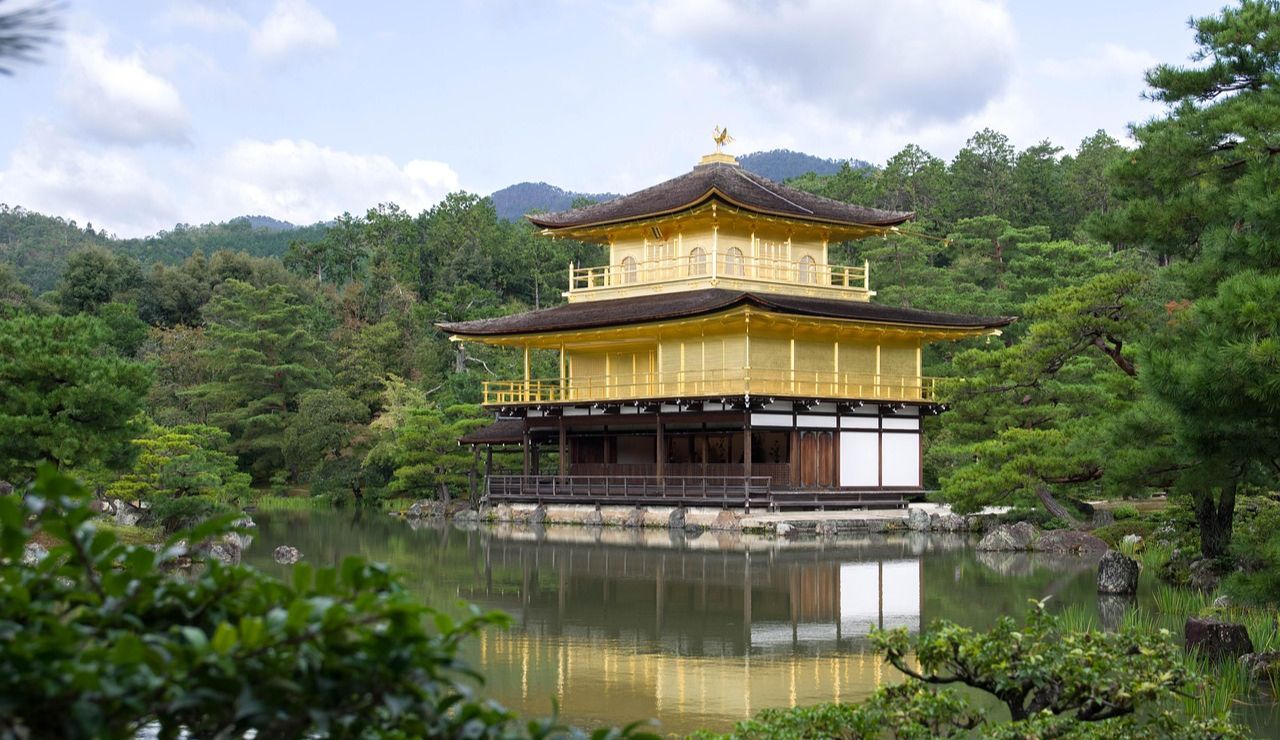
Kyoto’s peaceful charm has drawn millions, but locals now feel like strangers in their own neighborhoods. Once-quiet streets are swarmed with cameras and crowds, especially near temples and geisha districts. Many residents complain of disrupted routines, clogged transit, and tourists ignoring etiquette. In response, temples have restricted access, banned photography, and asked visitors to respect boundaries. Kyoto still offers timeless beauty, but if you visit, remember it’s a living city, not just a backdrop for Instagram.
Santorini, Greece
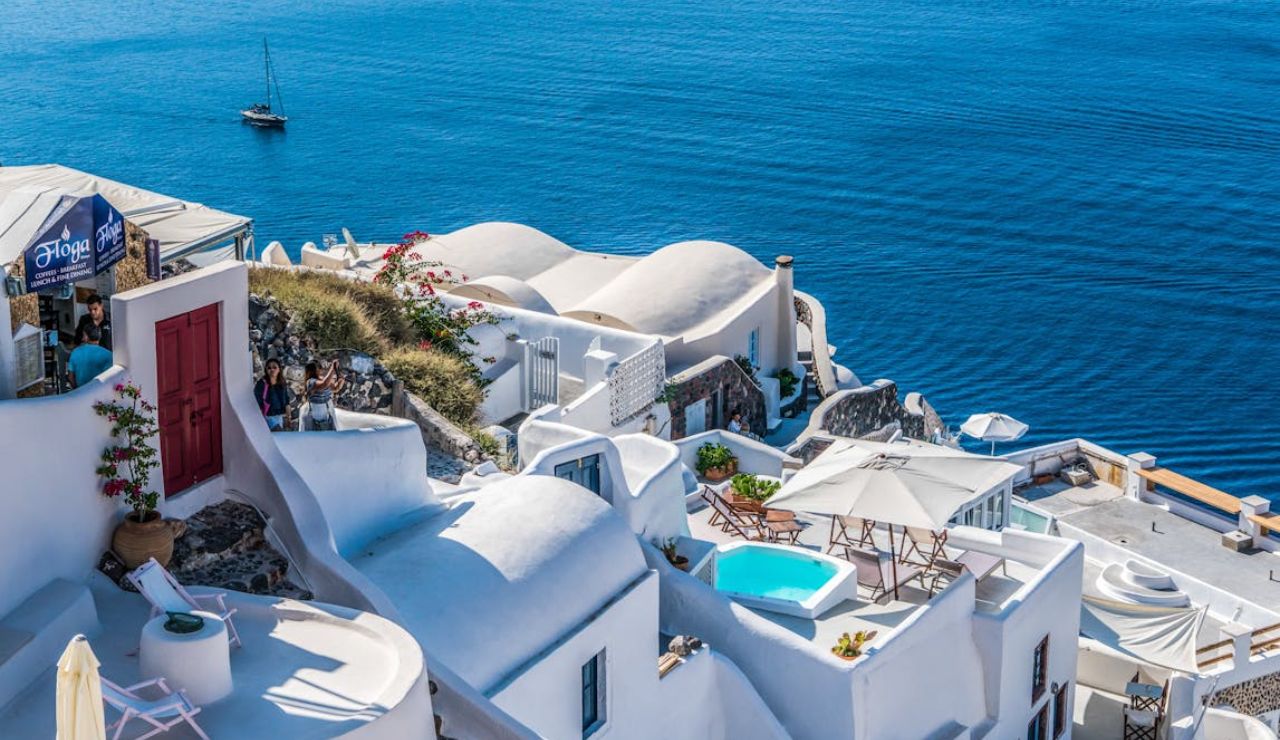
Santorini’s iconic blue domes and cliffside views attract over two million tourists a year, more than the island can handle. Locals face water shortages, packed streets, and daily disruptions as cruise ships unload thousands at once. Some areas have introduced limits on visitor numbers and buses to reduce strain. While Santorini remains stunning, it’s increasingly seen as overwhelmed. Residents want to protect their home’s beauty without sacrificing their peace. Visitors should slow down and travel mindfully.
Paris, France

Paris remains magnetic, but its locals are weary. With over 30 million annual visitors, the City of Light is battling crowded streets, long lines, and housing shortages. Neighborhoods like Montmartre are losing their local flavor as rental prices spike and cafes fill with tourists. Residents now push for fewer disruptive short-term rentals and more respectful tourism. Paris still welcomes you, but today’s message is clear: admire the charm, but don’t contribute to its fading authenticity.
Machu Picchu, Peru

Machu Picchu, perched high in the Andes, is a global treasure, and under threat. The ancient site sees over 1.5 million visitors annually, leading to erosion and damage to fragile trails. Strict entry limits, guided-only visits, and time slots are now required. While tourism fuels local economies, many residents feel disrespected and displaced. Cultural traditions and the environment are suffering. If you’re lucky enough to visit, do so with humility, because Machu Picchu is sacred, not just scenic.